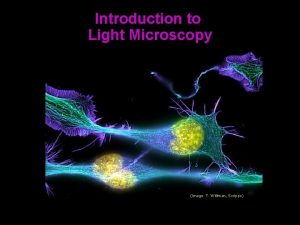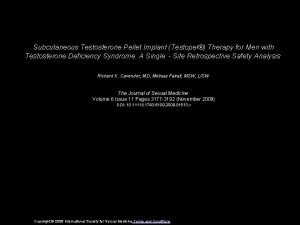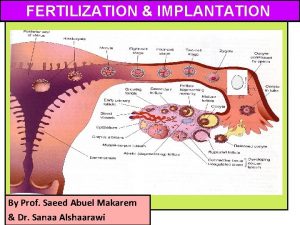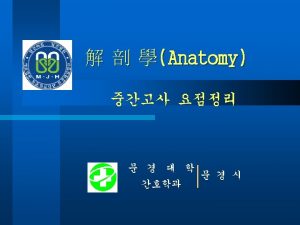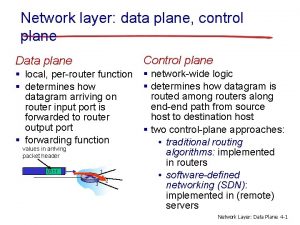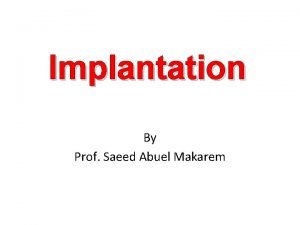Implantation rates at the focal plane of SuperFRS







- Slides: 7

Implantation rates at the focal plane of Super-FRS Some Simulations for AIDA Detectors


Much intense primary beam much higher rates of parasitic fragments pre-selection stage needed: pre- and main separator each equipped with a degrader very high energy up to 1. 5 Ge. V/u the thickness of target and degraders have to be optimised to reduce losses due to secondary nuclear reactions

Simulation features • Optimum target thickness to maximise the production rate, a few g/cm 2 • 1 st degrader thickness and pre-separatotr slits to achieve feasible rate at F 4 • 2 nd degrader thickness and main-separator to achieve feasible rate at F 6 (AIDA) • For better separation performance, both stages operated in achromatic mode, so the whole system is achromatic: the image size of the fragment at the final focal plane is independent of its momentum spread at the entrance of the system

Primary beam target fragment of interest total rate max. rate per strip • 58 Ni(1 pn. A) 9 g/cm 2 C 52 Co 5000 120 /strip • 124 Xe(100 pn. A) 7 g/cm 2 C 104 Te 0. 045 580 7 /strip • 124 Xe(100 pn. A) 7 g/cm 2 C 100 Sn 0. 3 1500 40 /strip • 124 Xe(100 pn. A) 6. 5 g/cm 2 C 94 Ag 3 2100 22 /strip • • 144 Sm(100 pn. A) 4 g/cm 2 C 127 Pm 6 2100 40 /strip • 206 Pb(100 pn. A) 5 g/cm 2 C 142 Er 0. 0025 200 5 /strip • 238 U(100 pn. A) 4 g/cm 2 Be 197 Fr 2. 3 35 0. 4 /strip • 238 U(1 pn. A) 78 Ni 0. 16 21 k • • 238 U(1 pn. A) 140 Te 40 55 k 600 /strip • 238 U(1 pn. A) 130 Cd 0. 15 300 25 /strip • 238 U(1 pn. A) 129 Ag 0. 15 300 3 /strip • 238 U(1 pn. A) 131 Cd 0. 15 1300 8 /strip • 150 Nd(100 pn. A) 140 Te 10 1200 40/strip • 150 Nd(100 pn. A) 131 Cd 1. 2 100 1 /strip • 150 Nd(100 pn. A) 130 Ag 0. 1 100 3 /strip

Implantation in the AIDA detectors After the last slit, we will be able to have wider beam profile in the AIDA detectors by defocusing with the quadrupoles behind. An energy degrader will be placed before the implantation detectors. The range distribution usually still is short enough for stopping one isotope in the same DSSD. Alternatively, the Super-FRS could be run in mono-energetic mode get a wider beam spread and a narrower implantation range in Si simutaneoulsly.

Simulation strategy in different phases • The design is changing, but main parameters have been fixed. • For fast estimation: LISE++ • For precise transmission : Mocadi • AIDA Performance: GEANT 4





